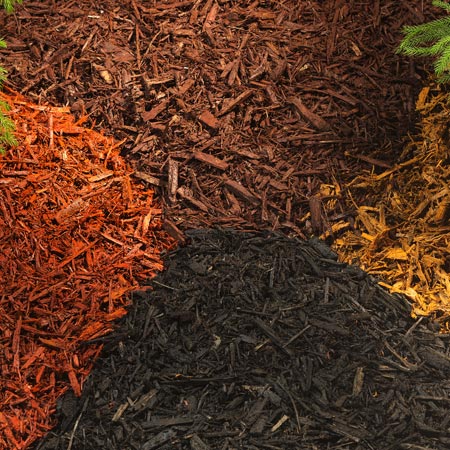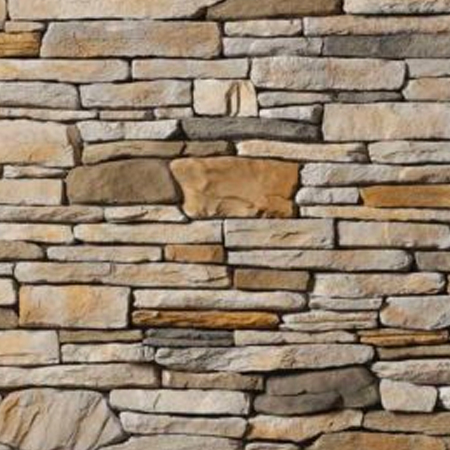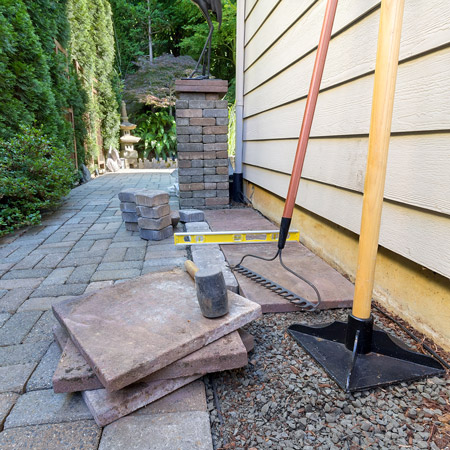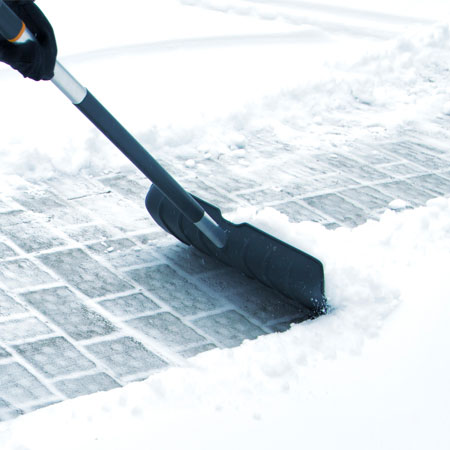
Why Do We Mulch?
There are some distinct advantages to mulching. While many people look at mulching as just something people do to add color, texture or consistency to flower beds, there are many practical reasons why mulching materials are used. Here is a list of just some of the reasons why mulching is included in our Fall River landscaping tips and as a suggested part of any landscaping project in the New England area.
- Erosion… mulching materials help to hold the soil in place during heavy rains or by accidental over-watering. It helps to avoid root damage to plants that can occur when the soil erodes quickly from the garden.
- Water… water will evaporate much less from the soil when a minimum of 2-3″ of mulching materials are used around plants and shrubs. By helping the soil to retain moisture, less watering is required and helps plants to thrive even in drought or extremely dry conditions.
- Weeds… one of the more popular reasons why people mulch is to block out sunlight required for weed growth to reduce the amount of time spent weeding and to protect sensitive plants from being overcome by weeds.
- Insulation… mulching materials behave as an insulator, preventing the heat of summer from penetrating into the soil and keeping the roots cool for healthier hot weather plants.
- Nutrients… as your mulching materials decay over time, the bottom layer will break down and pass nutrients into the soil, which benefits the plants that it surrounds.
What are the Best Places to Use Mulch?
When it comes to using mulching materials, knowing the best places to use mulch can be extremely beneficial. In some cases, where to use mulch is affected by the type of mulch that is used, with some materials being more acidic than others. Also the type of wood, be it hardwood or soft wood, can also make a difference. However, overall the list below details some of the best places to use mulch, whether here in Southeastern Massachusetts or anywhere else in the world.
- Flowers… mulching materials work beautifully around brand new plantings of annuals and perennials. They are also an excellent choice for bulb beds, providing them with a natural layer of insulation and all of the other healthy benefits outlined above.
- Shrubs… depending on the acidity of the mulching materials, you can provide better water conservation and erosion protection by using mulch around shrubbery year-round. Make sure to use an acid neutralizer, when required, to ensure that flowering shrubs to not take on too much acid.
- Trees… similar to shrubs in the way that they feed off of acid, flowering trees in particular should be given care with regard to high-acid mulching materials, such as hemlock. Using an acid neutralizer at the base of the tree can be helpful, while still allowing for use of beautiful aged hemlock throughout your garden and yard.
- Walkways/Pathways… when building a beautiful walkway or pathway in either your front or backyard, many homeowners are now turning to mulching materials, such as pinebark, hemlock or even playground mulch as filler in between flagstone, natural or manufactured stone pieces instead of gravel or rock. In fact, a 4-6″ deep bed of dyed red mulching materials can make a beautiful, woodsy path around a backyard on its own without requiring the use of rocks or stones in any way.
- Edging Materials… another way that mulching materials are being used is as a type of edging material along driveways, walkways, sidewalks and patios. By setting a strip of plastic or metal edging about 3-4″ out from the hardscaping, the area is then filled in with colored mulching materials to create a neat and colorful textural effect.
The final question that many homeowners ask when they are seeking Fall River landscaping tips or ideas for their local South Coast home, is when to mulch in Massachusetts. Because we have definite seasons in the northeast, it is important to know when, where and why to mulch based on the changes experienced with each passing season. Understanding the benefits associated with each method for applying mulching materials, including the best places to use mulch and where to add mulch, can greatly benefit to look, feel and function of your landscaping efforts.
- Fall/Autumn… this time of year, the goal is protection. Mulching materials can be used to protect perennials, bulb beds and other plants from frost heaves. Mulching helps to keep plants dormant, avoids a dangerous cycle of freezing and thawing in the root system and prevents perennials and bulbs from emerging before the last spring frost. Experts suggest that homeowners spread a 2-4″ layer of mulching materials in the late fall or after the ground has frozen for best results this time of year.
- Summer… the goal during summer is to protect plants from the heat and provide consistent moisture. Spread a 2-4″ layer of mulching materials around flower beds to cover all of the bare soil. The deeper the mulch, the better blockage for weed growth within the garden, as most weeds depend on sunlight to germinate and grow.
- Spring… new plantings will benefit from the use of mulching materials to protect them as they grow. Fall River landscaping tips suggest the use of a 1-2″ layer of mulching materials to protect new plantings and ready-to-emerge bulb beds.
Where to Get Mulching Materials for Homeowners in Fall River?
The best place by far in the entire South Coast region to get mulching materials and other hardscaping or landscaping materials for your home is at J&J Materials. With two Southeastern Massachusetts locations and a delivery range that includes Providence and Pawtucket, as well as homeowners and commercial business owners out near the Cape and on up to as far north as Scituate, J&J Materials has all of the aged hemlock, premium hemlock, aged pinebark, playground mulch, pulp and even dyed red mulching materials that you could ever need to use all of the Fall River landscaping tips that you could ever imagine. Speak with one of our friendly and knowledgeable sales representatives to find out more about all the mulching materials available at J&J Materials.






